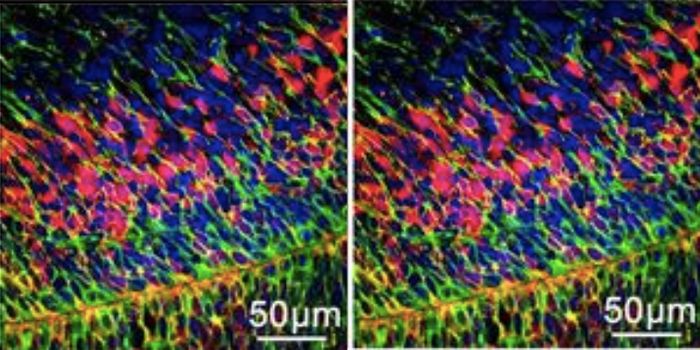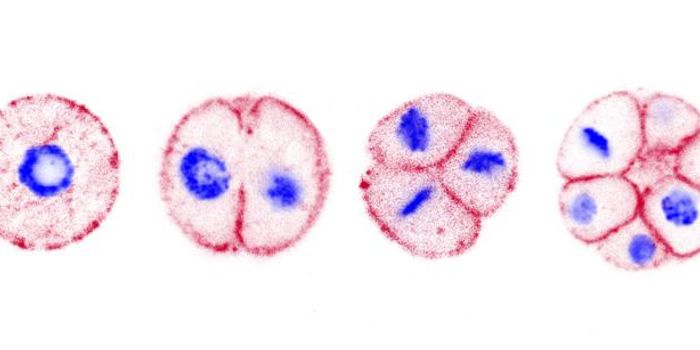How the HTLV-1 Virus Can Turn Immune Cells Cancerous
In some cases, viruses have been linked to cancer. For example, HPV, which is now preventable with a vaccine, can lead to some types of cancer, Epstein-Barr virus has also been connected to the development of cancer, and the human T-cell lymphotropic virus type 1 (HTLV-1) may cause leukemia in rare cases. Scientists have now learned how HTLV-1 can lead to the development of cancer by overactivating important immune cells called T cells. These findings, which were reported in the Journal of Clinical Investigation, could lead to preventive or therapeutic strategies.
There may be from five to ten million carriers of this virus around the world, noted co-lead study author Professor Yorifumi Satou of Kumamoto University. About five percent of people who are infected with HTLV-1 end up developing a type of cancer called adult T cell leukemia/lymphoma (ATL) several decades after the infection first occurs. ATL itself may progress rapidly or slowly, but there is not a good treatment for severe ATL cases, and many patients relapse after they've been treated with antiviral drugs and chemotherapy.
This study has shown that the virus interferes with T cell activation, causing them to maintain a persistently high level of activity, which slowly causes malignancy.
Blood cells, including red blood cells that ferry oxygen, and white blood cells that serve critical immune functions, are generated in the bone marrow. T cells are a type of white blood cells, and are crucial to battling infectious invaders like viruses or bacterial pathogens. Cancer that impacts the bone marrow or blood cells may be called leukemia, and they tend to disrupt the normal level of white blood cells.
HTLV-1 can live in a type of T cell and remain dormant, without causing any obvious harm to the host. That situation may remain the same for a long time or for a person's whole life. But for about five percent of infected people, the virus becomes active after decades of dormancy, and reemerges, impacting the function of host T cells.
In this study, the researchers assessed over 87,000 T cells from healthy people and ATL patients. They sequenced the RNA to analyze gene activity in those cells, and found that HTLV-1-infected T cells were highly reactive. That overactivation led to the excessive production of proteins that would normally prevent growth and help them avoid disrupting the removal of rogue cells.
The researchers suggested that the overly active T cells are also more susceptible to DNA damage, which would also promote malignancy.
This study may help scientists create treatments that might block T cell overactivation, or prevent the production of proteins that promote proliferation.
Sources: Imperial College London, Journal of Clinical Investigation









